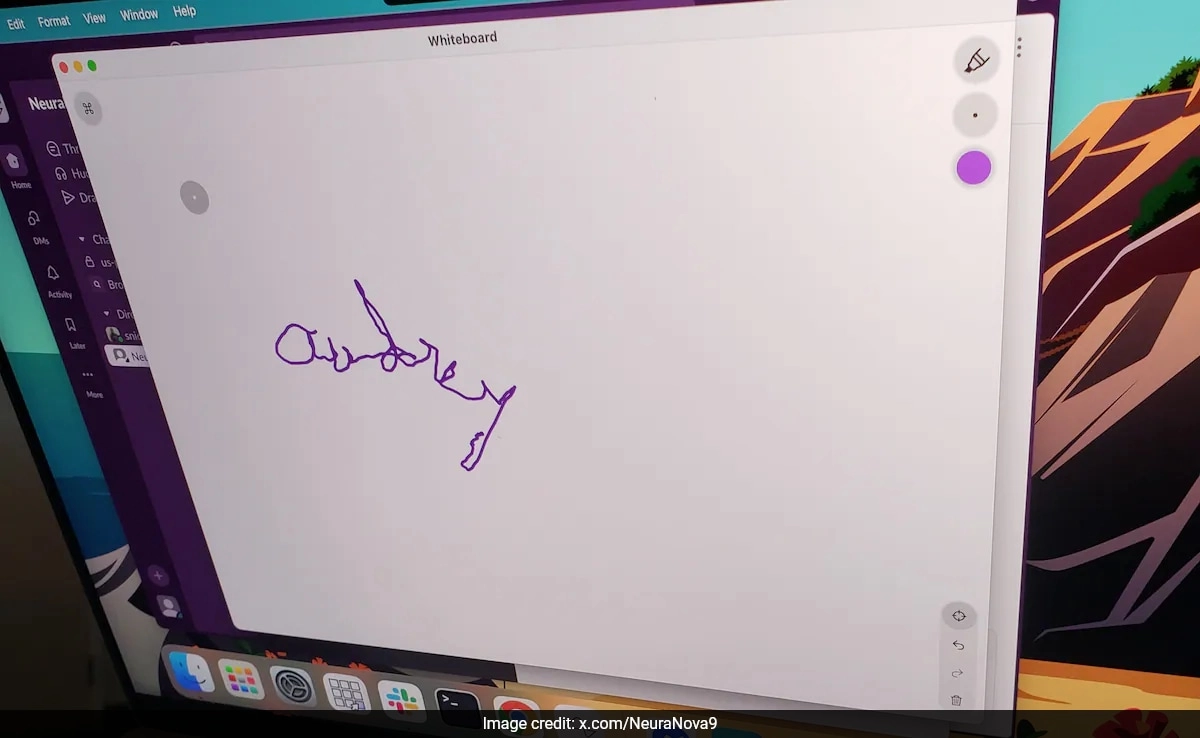In a groundbreaking development for neurotechnology, a patient with paralysis has successfully communicated by writing her name using only her thoughts, thanks to the innovative work being done by Neuralink, a company co-founded by Elon Musk. This remarkable achievement highlights the potential of brain-computer interface (BCI) technology to restore communication abilities for individuals with severe physical disabilities. The patient, who had been unable to express herself verbally or through traditional means, participated in a trial focused on utilizing advanced neural implants that translate brain activity into actionable signals. This breakthrough could represent a significant step forward in improving the quality of life for those affected by paralysis.
Elon Musk, known for his ambitious vision of the future, responded to this milestone with enthusiasm, emphasizing the transformative potential of Neuralink’s technology. He expressed his belief that advancements in BCI could eventually lead to new possibilities for not only communication but also mobility and control of devices. The implications are vast, potentially opening doors for patients with various neurological conditions to regain agency over their lives. Musk’s involvement in this endeavor underscores his commitment to pushing the boundaries of what is possible in medical technology.
As the trial progresses, researchers continue to gather data on the efficacy and safety of the Neuralink system. The device comprises a small implant that interacts with specific neurons in the brain, capturing electrical signals associated with thought processes. This information is then decoded by sophisticated algorithms, enabling the individual to create text or control external devices simply by thinking about the action. The initial success of the trial serves not only as a beacon of hope for patients but also as a catalyst for further research and development in the field of neuroprosthetics.
Overall, this remarkable achievement marks a significant leap in the intersection of technology and medicine. It highlights the growing potential for brain-computer interfaces to bridge the gap for individuals with disabilities, providing them with new avenues for expression and interaction with their environment. As Neuralink and similar companies continue to innovate, the future may hold even more unprecedented breakthroughs that could redefine the way we understand and interact with the brain and its capabilities.




